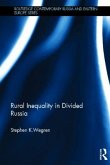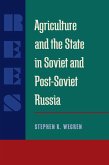
eBook, PDF
23. November 2010
LAPA Publishers
Ähnliche Artikel
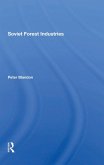
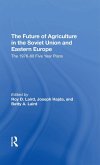
eBook, PDF
11. Juli 2019
Taylor & Francis eBooks

eBook, PDF
22. Oktober 2024
Springer International Publishing




eBook, PDF
28. Oktober 2024
Taylor & Francis eBooks

5,49 €
inkl. MwSt. und vom Verlag festgesetzt.
Sofort per Download lieferbar
eBook, PDF
20. April 2019
iOnlineShopping.com
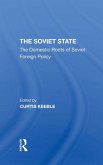
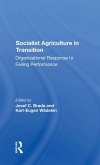
Ähnlichkeitssuche: Fact®Finder von OMIKRON

